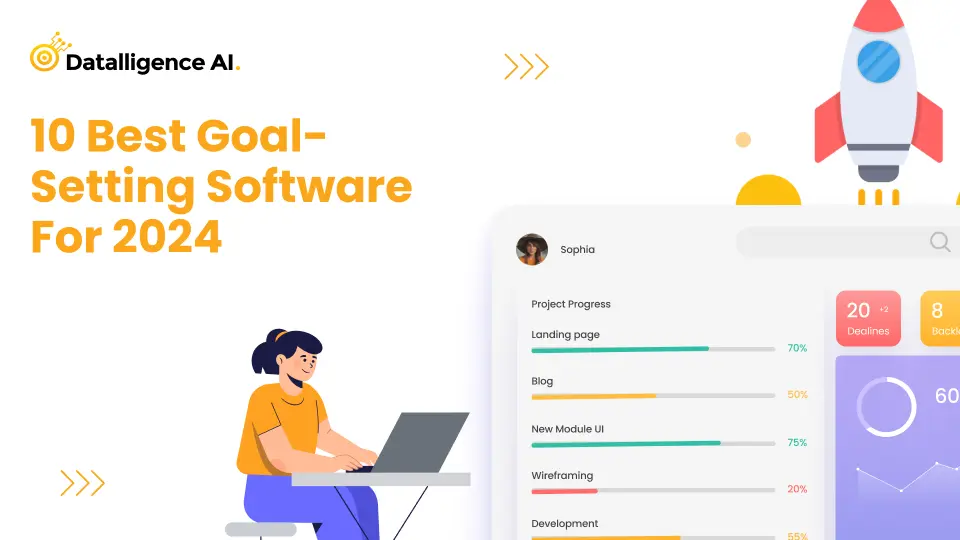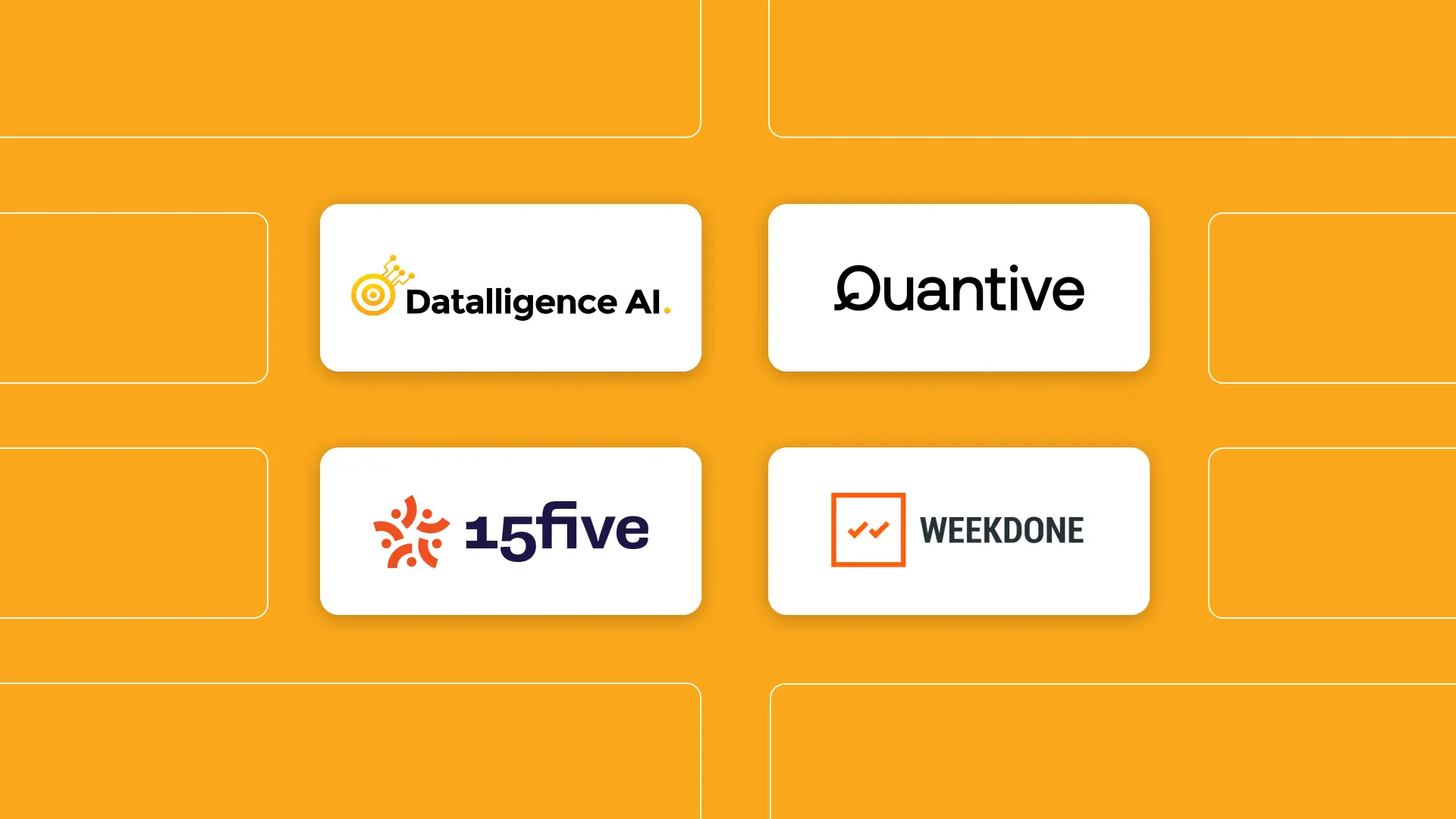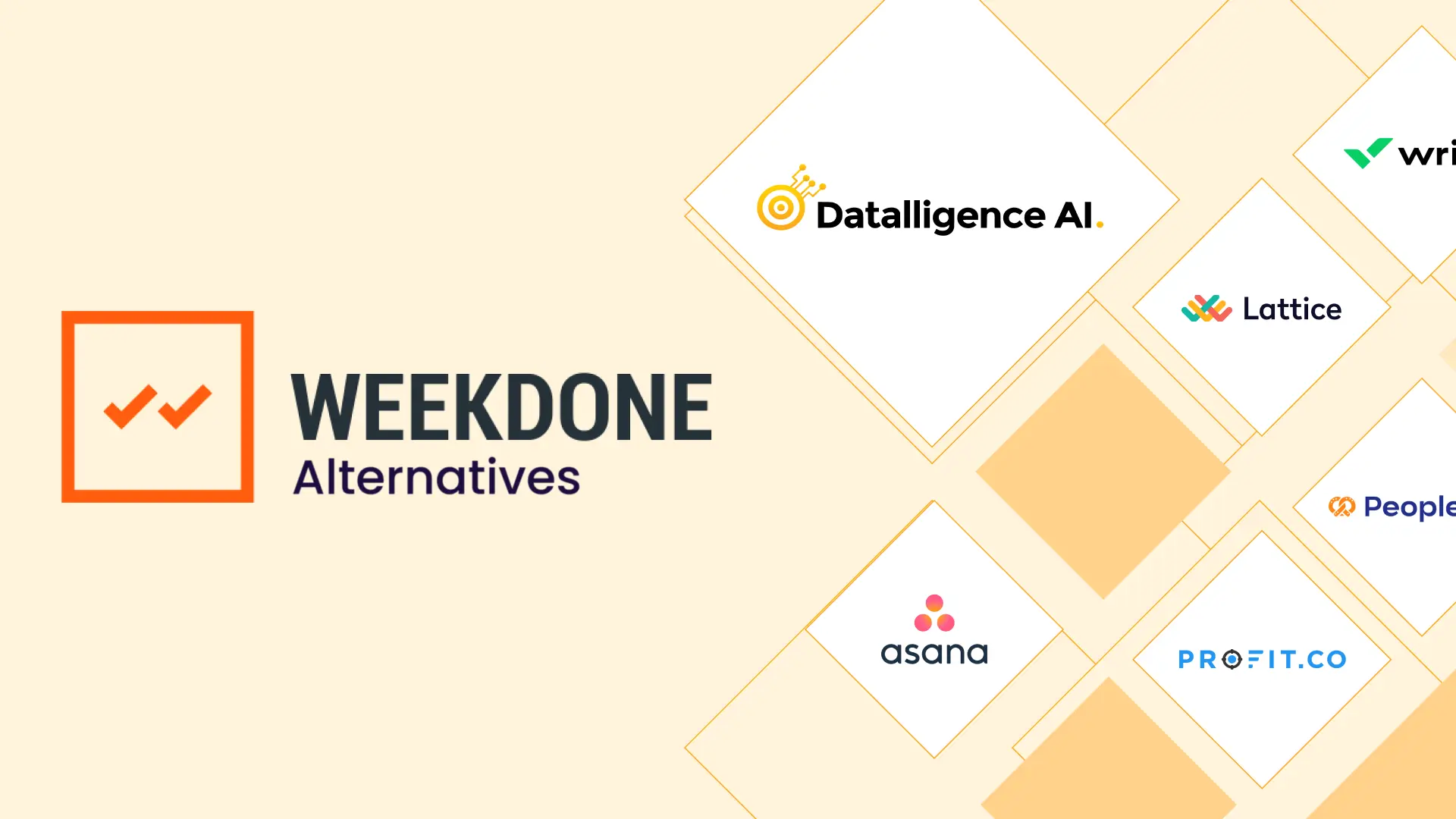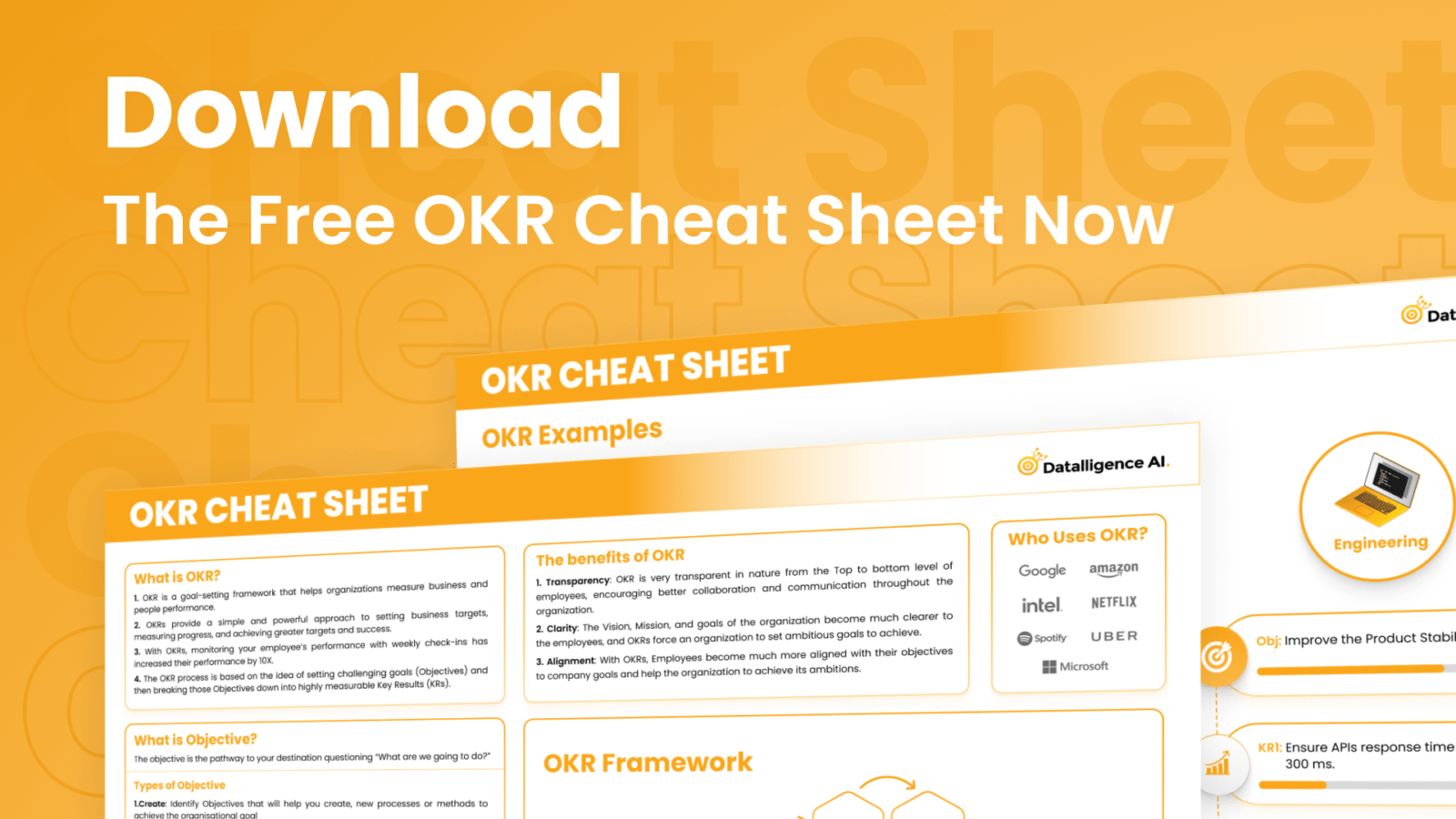Performance management is a crucial aspect of any organization’s success. It involves setting strategic goals, creating action plans, and regularly evaluating employee progress. However, to truly understand and enhance employee performance, it’s essential to gather feedback through performance management surveys.
In this comprehensive guide, we will explore the best performance management survey questions that will provide valuable insights into your employees’ performance and help you improve productivity.
The Importance of Performance Management Surveys
Performance management surveys go beyond traditional performance reviews by providing a platform for open and honest communication between employers and employees. They allow employees to express their thoughts, concerns, and aspirations, while employers gain a deeper understanding of their workforce. Surveys help employees feel heard and valued, which ultimately leads to increased engagement and improved performance.
Setting the Stage: Employee Overall Performance
To gain a holistic view of employee performance, it’s crucial to start with questions that assess their overall achievements and contributions. These questions will help you understand the employee’s strengths and areas for improvement, providing a foundation for effective performance management.
Consider asking the following questions:
- What accomplishments are you most proud of this quarter?
-
-
- This question allows employees to highlight their significant achievements and showcase their strengths.
-
- Which goals did you successfully meet?
-
-
- Evaluating goal attainment provides insights into an employee’s ability to prioritize tasks and deliver results.
-
- What motivates you to consistently complete your work?
-
-
- Understanding what drives employees to excel enables you to tailor motivation strategies to their individual needs.
-
- What can we do to make your job more enjoyable?
-
-
- By addressing employee preferences and concerns, you can create a positive work environment that fosters productivity.
-
- Which goals fell short?
-
- Identifying goals that were not achieved helps pinpoint areas for improvement and provides opportunities for growth.
Unleashing Strengths: Assessing Employee Skills
Every employee possesses unique skills and strengths that contribute to their overall performance. By identifying and leveraging these strengths, you can maximize employee potential and create a more effective workforce.
Consider asking the following questions:
- What skills do you possess that you believe could be utilized more effectively?
-
-
- This question encourages employees to reflect on their abilities and identify areas where they can contribute more.
-
- Describe your personal strengths that contribute to your job effectiveness.
-
-
- By understanding an employee’s self-perceived strengths, you can align their responsibilities with tasks that leverage those strengths.
-
- What makes you the best fit for your current position?
-
-
- This question allows employees to articulate why they believe their skills and abilities align with their current roles.
-
- Which type of work comes naturally to you?
-
-
- Identifying tasks that employees excel at enables you to allocate responsibilities that align with their strengths.
-
- What kind of work inspires you the most?
-
-
- Understanding what motivates and inspires employees can help you create a more engaging and fulfilling work environment.
-
- What skills or knowledge do your colleagues rely on you to provide?
-
- Identifying areas where employees excel and are seen as subject matter experts fosters collaboration and knowledge sharing within the team.
Areas for Improvement: Identifying Growth Opportunities
To facilitate employee development and growth, it’s crucial to identify areas where improvement is needed. By addressing these areas, you can provide targeted support and encourage professional advancement.
Consider asking the following questions:
- What goals or deliverables were you least proud of? Why?
-
-
- This question encourages employees to reflect on their performance and identify areas that require improvement.
-
- How will you approach these goals differently in the future?
- By asking employees to devise strategies for improvement, you encourage proactive thinking and personal development.
- What specific areas will you focus on in the next quarter to facilitate your growth and development?
-
-
- This question helps employees set actionable goals and establish a roadmap for their professional advancement.
-
- What can we do to better support your goal attainment?
-
-
- Identifying ways to provide better support and resources empowers employees to overcome challenges and achieve success.
-
- Where do you feel there’s room for improvement in your performance?
-
- This question encourages self-reflection and helps employees identify areas where they can enhance their skills and capabilities.
Evaluating the Current Role: Employee Satisfaction and Engagement
Understanding how employees perceive their current roles is crucial for creating a positive work environment and ensuring job satisfaction. By addressing their concerns and preferences, you can foster engagement and retain top talent.
Consider asking the following questions:
- Which job responsibilities or tasks do you enjoy the most?
-
-
- This question allows employees to express their preferences and strengths, providing insights into task allocation and job satisfaction.
-
- Which job responsibilities do you enjoy the least?
-
-
- Identifying tasks that employees find challenging or unfulfilling can help optimize work allocation and improve overall job satisfaction.
-
- What do you like the least about your current role?
-
-
- By understanding the aspects of their role that employees find least enjoyable, you can explore opportunities for improvement.
-
- What changes would you make to your current role if given the chance?
-
-
- This question encourages employees to voice their suggestions for optimizing their roles, leading to increased job satisfaction.
-
- How do you believe your role contributes to the company’s overall success?
-
-
- Understanding the employee’s perception of their role’s significance helps foster a sense of purpose and engagement.
-
- What do you appreciate most about working for our company?
-
- This question allows employees to express their positive experiences, reinforcing their connection to the organization.
Future Growth and Outlook: Career Development Opportunities
To retain top talent, it’s crucial to provide employees with opportunities for growth and advancement within the organization. By understanding their career goals and aspirations, you can create pathways for their professional development.
Consider asking the following questions:
- What are your most important goals for the next quarter?
-
-
- This question allows employees to articulate their short-term objectives, aligning their efforts with organizational goals.
-
- What do you perceive as your biggest challenge in the coming year, and how are you preparing for it?
-
-
- Understanding potential challenges empowers employees to proactively plan and develop strategies for overcoming obstacles.
-
- Do you believe your personal goals align with the organization’s goals? If not, why?
-
-
- Aligning personal and organizational goals is crucial for employee engagement and overall success. Addressing any misalignment fosters mutual understanding and collaboration.
-
- What would be your ideal next position within the company?
-
-
- This question gives employees an opportunity to express their career aspirations, providing insights into their long-term goals.
-
- What professional growth opportunities would you like to explore to achieve your career goals?
-
-
- Understanding the employee’s desired growth areas allows you to provide relevant development opportunities and support their career progression.
-
- How do you envision your responsibilities changing as you progress in your career?
-
-
- This question encourages employees to think about their future roles and responsibilities, fostering a long-term perspective and commitment to professional growth.
-
- What type of career growth is most important to you?
-
-
- By understanding the employee’s priorities, you can align their career development opportunities with their personal goals.
-
- Which position within the company do you aspire to move to next?
-
- This question provides valuable insights into an employee’s desired career trajectory, allowing you to tailor development opportunities accordingly.
Building Relationships: Manager and Employee Dynamics
Effective relationships between managers and employees are crucial for a positive work environment and employee satisfaction. By understanding how employees perceive their relationships, you can identify areas for improvement and foster better communication.
Consider asking the following questions:
- What concerns, if any, do you have when it comes to giving me feedback?
-
-
- This question encourages employees to express any reservations they may have about providing feedback to their managers.
-
- How can I alleviate those concerns and create a safe space for feedback?
-
-
- Addressing employee concerns and creating an environment of psychological safety enables open and honest communication.
-
- How do you prefer to receive feedback and recognition for your work?
-
-
- Understanding an employee’s preferred feedback and recognition methods helps tailor your approach to their individual needs.
-
- Did you receive valuable feedback this quarter? If not, how can we improve in this area?
-
-
- Evaluating the feedback process ensures employees receive the support and guidance they need to improve their performance.
-
- What can I do differently to better manage and support you?
-
-
- This question allows employees to provide constructive feedback on their manager’s leadership style and areas for improvement.
-
- What actions of mine have been most/least helpful in completing your work?
-
-
- Understanding the impact of your actions on employees’ work allows you to adjust your management approach accordingly.
-
- How have I helped you achieve your goals during the past few months?
-
-
- This question encourages employees to reflect on the manager’s support and guidance, fostering a sense of appreciation and trust.
-
- What can we do to improve our working relationship?
-
-
- Addressing any challenges in the manager-employee relationship fosters a more collaborative and productive work environment.
-
- What would you do differently if you were in a managerial position?
-
-
- This question allows employees to share their insights and perspectives, promoting a culture of continuous improvement and learning.
-
- Do you feel that the team is working collaboratively?
-
-
- Assessing teamwork dynamics helps identify areas for improvement and encourages a culture of collaboration and support.
-
- How has management helped or hindered your work?
-
-
- Evaluating the impact of management on employee work provides insights into areas for improvement and optimization.
-
- What would colleagues or clients say about their recent interactions with you?
-
- This question allows employees to reflect on their professional relationships and provides feedback on their interpersonal skills.
Nurturing Company Culture: Values and Success Drivers
A strong company culture is essential for employee engagement and overall organizational success. By understanding how employees perceive the company’s values and culture, you can identify areas for improvement and create a more inclusive and supportive environment.
Consider asking the following questions:
- What do you believe are the main drivers of success in our company?
-
-
- This question allows employees to reflect on the key factors that contribute to the company’s success, fostering a shared understanding.
-
- Which of our company values have you observed being lived out in the past few months?
-
-
- Evaluating the alignment between company values and employee experiences helps reinforce a positive culture.
-
- Are you comfortable with our corporate culture, and if not, what areas need improvement?
-
-
- Addressing any discomfort or concerns regarding corporate culture allows for continuous improvement and a more inclusive environment.
-
- What is your favorite aspect of working in our company?
-
-
- This question allows employees to express their positive experiences, fostering a sense of pride and connection to the organization.
-
- How can we make our company more inclusive and diverse?
-
-
- Encouraging employee input on fostering diversity and inclusion helps create a more equitable and supportive workplace.
-
- When have you felt the proudest about being a part of our company?
-
- This question highlights moments of pride and accomplishment, reinforcing a positive company culture.
Conclusion
Implementing performance management surveys is a valuable strategy for gaining insights into employee performance and fostering a positive work environment. By asking the right questions, employers can understand their employees’ strengths, areas for improvement, career aspirations, and overall job satisfaction. This comprehensive guide has provided a range of performance management survey questions to help you enhance employee engagement, improve productivity, and create a workplace that nurtures growth and success.
Remember, understanding your employees’ perspectives and addressing their needs is crucial for building a high-performing team and achieving organizational goals. By utilizing performance management surveys effectively, you can create a culture of open communication, continuous improvement, and employee empowerment.
So, take the first step towards optimizing your performance management process by implementing these effective survey questions and reap the benefits of a motivated, engaged, and productive workforce.











